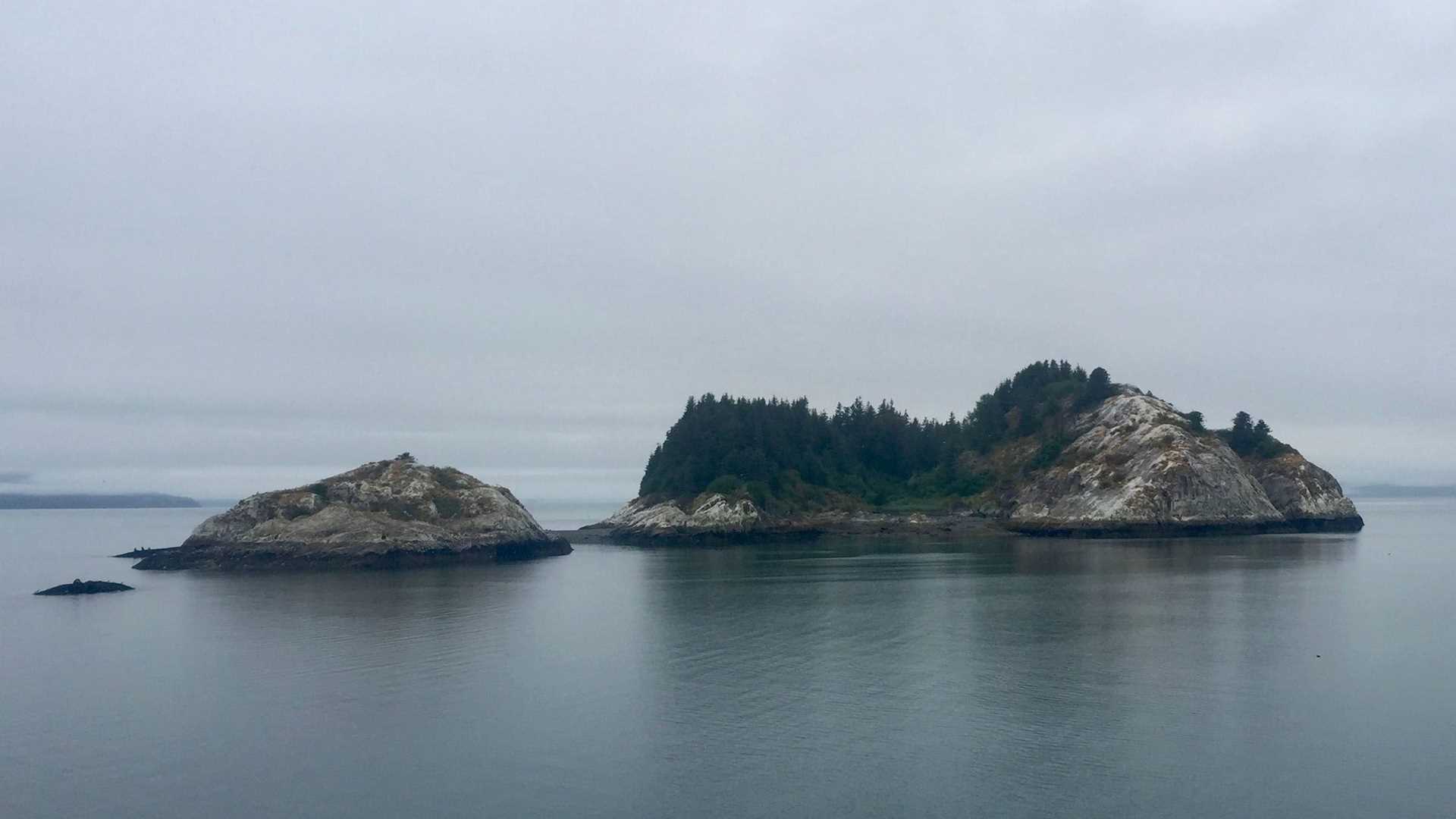Glacier Bay National Park includes 3.3 million acres of mountains, glaciers, forests and waterways; it is a highlight of the Inside Passage and part of a UNESCO World Heritage Site. The natural splendors we enjoyed today are products of the Little Ice Age, geologically recent glacial advance in the northern hemisphere that reached it maximum extent around 1750. Powerful forces of ice and meltwater gouged the deep fjords at the core of the park while simultaneously shaping the surrounding terrain and vegetation.
Our voyage transited more than 60 miles up-bay to view some of Glacier Bay’s few remaining tidewater glaciers, with a myriad of incredible wildlife sightings along the way. We passed forests in various states of regrowth since the ice last receded, Steller sea lions resting on rocky outcroppings, and an abundance of seabirds, including black-legged kittiwakes, pelagic cormorants, pigeon guillemots, and the much-sought-after tufted puffin! The Fairweather Mountain Range peaked out from the clouds to the west, and five brown bears ambled down the beach grazing in the intertidal zone.
Clans of Huna Tlingit have lived and thrived in and around Glacier Bay for centuries, recognizing it as their homeland. Our Alaska Native Voices guest speaker shared the history and traditions of this place, originally called “Edge of the Glacial Silt.” Tlingit stories recount the ice advancing “as fast as a dog could run” as well as later retreating to yield a landscape filled with icebergs. From our visiting park ranger, we learned about ongoing scientific research, seasonal variability in Alaskan ecosystems, local record-setting rates of isostatic rebound—32 millimeters each year!—and the experience of living and working in such breathtaking wilderness.







